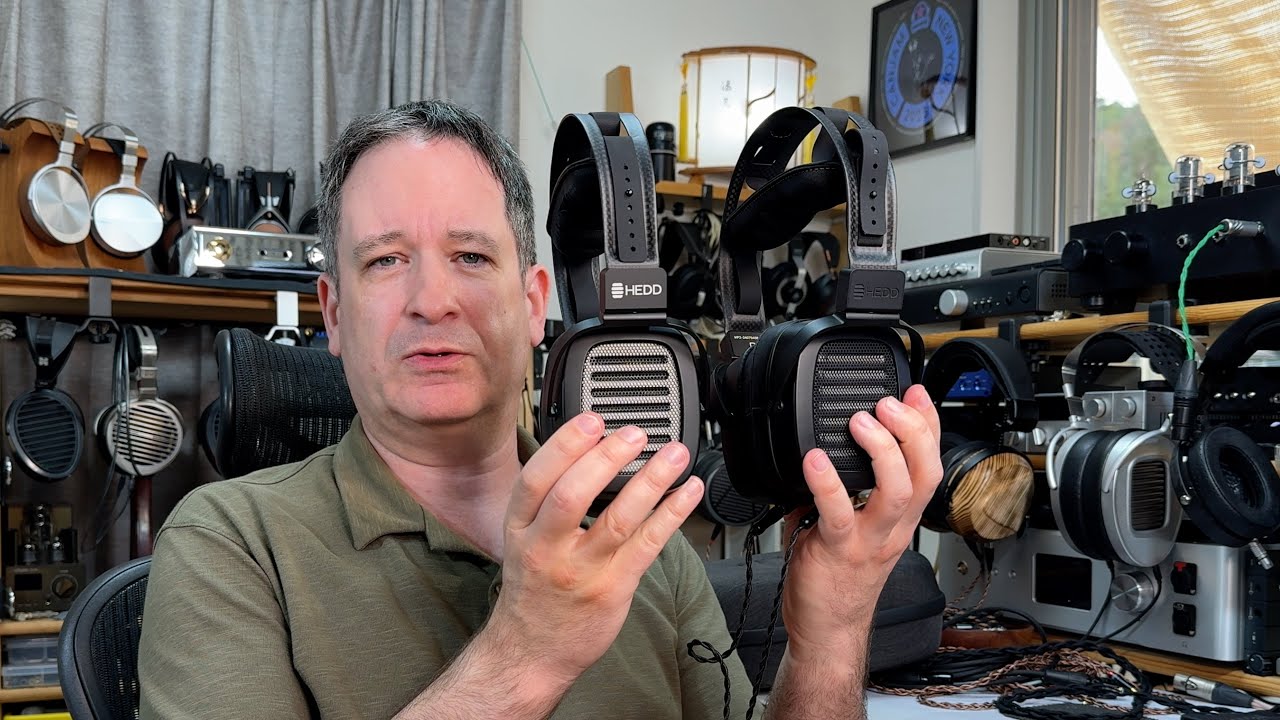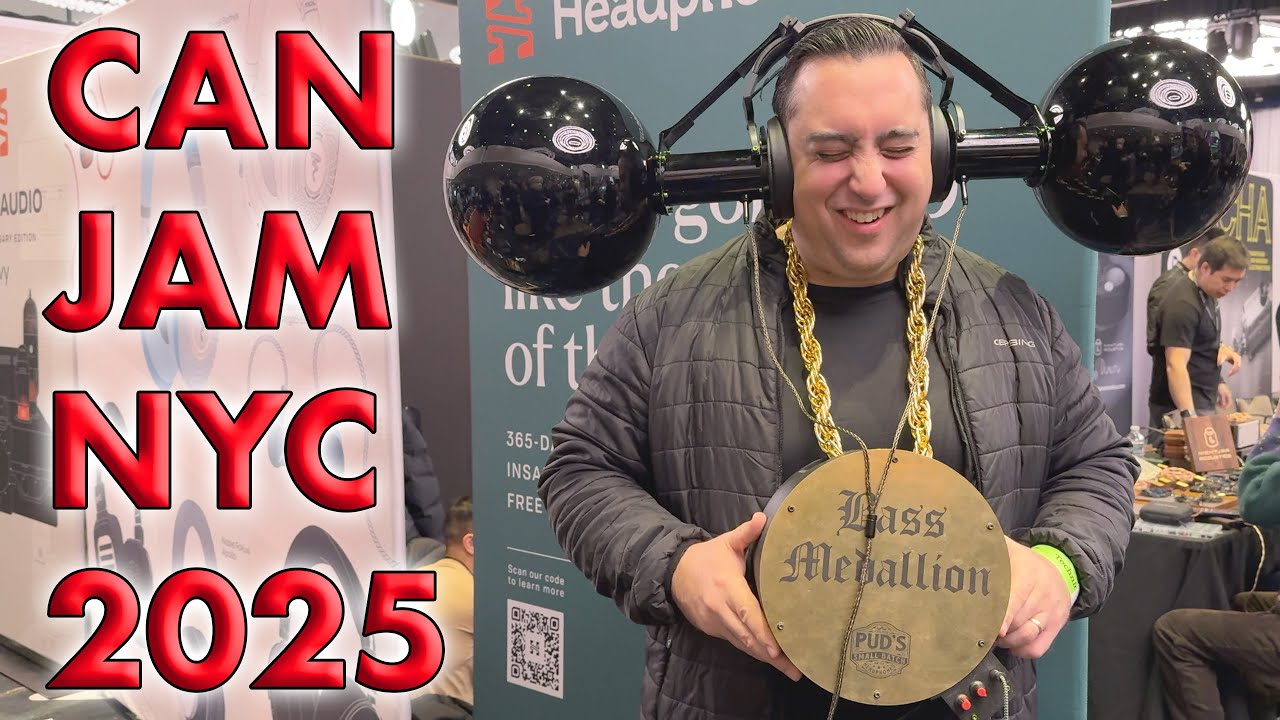In Hong Kong and Singapore, as I understand it, high-end portable systems based around in-ear monitors are very popular. Land- and space-challenged, those of its residents who might otherwise be into hi-fi gear are often limited, for practical purposes, into portable equipment.
Thus, while for those of us elsewhere, a pair of noise-cancelling headphones might be enough, the locals in these small cities happily carry around earphone rigs worth thousands of dollars, putting as much care into the selection of player, earphones, tips and cables as does an audiophile do likewise into equipment, speakers, room tweaks and cabling.
It is not unusual for an earphone to have not just multiple drivers, but regularly more so than do most full-sized speakers. In the case of Campfire Audio’s Aras, that is 7 balanced armature drivers per side. The drivers themselves trace their lineage back to hearing aids, and it likely comes as no surprise that a maker of those tiny drivers has now become famous for their models for in-ear monitors for music listening.
Campfire Audio, founded by Ken Ball, has a history of product manufacture that seems to have gone backwards compared to other brands. He initially found ALO Audio to make headphone cables, then partnered with others to make portable audio DACs and headphone and earphone amplifiers, then, as portable players began to grow in popularity, developed a line of in-ear monitors, as well as a set of headphones.
Of his products, in-ear monitors are now his primary product, followed by a line of cables for them. Of those in-ear monitors, the Andromeda exploded in popularity, hitting the right balance of sound quality, tuning and price to have become something of a standard in the head-fi world.
Quite notably, where some manufacturers make in-ear monitors costing thousands of dollars, aside from a one-off special in Japan, the most expensive models Campfire Audio sells are under $1500. This may still seem like a considerable amount for a pair of IEMs, but given the first Ultimate Ears custom IEMs for musicians were around $1100 over a decade ago, once you account for inflation, and consider that current flagship IEMs are not uncommonly under $3000, and sometimes over $4000, the Campfire models look like a relative bargain.

Just about every time Campfire Audio has new IEMs, Ken sends them over for Damon at Headpie and myself to review. Damon had the first go in this case. We agreed that I’d hold onto one of the 2020 Andromeda, Solaris or Ara. I chose the Ara as I already have a Solaris and original Andromeda here, and the Ara does something different and interesting. So, the Ara gets the written review this time.
In quick summary, the Ara, unlike the Andromeda, gets 7 balanced armatures, compared to the Andromeda’s 5, and it gets a flat tuning. I wasn’t sure I’d like them, as I liked the Andromedas a lot, especially the ceramic-chambered Mixwave 10th anniversary model. In the end I did like them, mostly because I like listening to acoustic music.
The Aras come with the new cases made of cork rather than leather, a nicer, more “eco” alternative. Like the Andromeda, the default tips include the Final Type E and foam tips, and the cable is the basic litz wire option. The more expensive Solaris gets the better cable.
Listening Impressions
Even if I might have preferred the upper mids to be dialled back a bit, something that tip selection and a better than stock cable can help with to varying degrees, the Ara ended up being quite compelling to listen with. Extremely detailed from the Hugo 2, if a bit bass-light, and held back from full detail glory by lesser, if still very capable gear, matching it up with anything warmer in tuning made for a lot of joy.
For example, from the iFi iDSD Diablo the bass of the Ayas fill out nicely compared to from my Hugo 2. Even if the Diablo isn’t as detailed a device, the warmer sound from it, as well Cayin’s N3 Pro tube DAP can sometimes be more pleasant, as I sometimes found the treble out of the Hugo 2 (and later TT2/MScaler combination to be too much). If anything, the Diablo made the bass bloom from music such as the Cowboy Junkies Lay It Down.
The Cayin N3 Pro in Triode mode made me forget that I was listening to an all-BA IEM, and I forgave the slightly muted treble, especially given the lower-end DACs built in that tends to be slightly unnatural with cymbals, whereas I was would reach for the Spiral Dot tips to bring out more treble with the Hugo 2.
Music Impressions
Michael Hedges - Aerial Boundaries, Rickover's Dream
Type E tips. Stock cable. Hugo 2.
Great detail, but a bit muffled by the “flat” tuning, which doesn’t give quite an airy treble. The guitar seems a bit distant, even if the guitar plucks themselves are crisp. With Rickover’s Dream, the lowest guitar notes don’t come out quite with the most feeling.
→ Switched to Spiral Dot tips
The treble opens up as expected, giving the missing air. Tonality on the guitar becomes upper-mid focussed (supposedly fixed with deeper insertion), even if the micro detail improves and becomes wonderful.
Lower notes become clearer, if they would benefit from more impact.
Trace Bundy - Porch Swing
Very crisp guitar with a lot of micro detail. Very in-your-face. Fantastic to listen with the Aras.
Vlatko Stefanovski & Miroslav Tadic - Jano Mori
Great detail. I wish it had a bit more air in the treble to make it perfect.
808 Funk - Billy Jean
I’m starting to wonder if my perception of how guitars should sound is actually off. The soundstage in this set up is even, not artificially wide.
→ Switched to the ALO Audio Reference 8 cable
The bass is felt more. The mid-range and treble feel smoother and less forced. Guitar become delicious. Definitely worth the upgrade here.
David Chesky - Quiet Desperation
Arguably lacks a touch of air and bass impact but otherwise impeccable in this set-up, with the cymbal nuances coming through beautifully, something critical for appreciation of this track.
Miles Davis - Mystery
Fun with this track, as there is plenty of bass in the master, which works well with the non-bass-boosted tuning. The bass doesn’t end up out of control. Great instrument separation.
SEED Ensemble - Mirrors, Stargaze #1 KATIN
Very snappy percussion. Much the same to say about this as other jazz tracks. Very slight upper-mid forwardness still, the result of a purely “flat” tuning, which is a bit weird for me. All the same, the speed and resolution of the Aras made this very enjoyable to listen to.
Marc Ribot - Aurora en Pekin
One of my favourite guitar albums, as a result of both the recording quality as well as the music. The fantastic intensity of the playing comes out amazingly through the Aras.
Merge of Equals - Clear Blue Sky
This track can be tizzy with the treble and is a touch with the Ara’s tuning. Not enough low bass ideally, but the snappiness is great, making up for the tuning to some degree. This is where some EQ could come in handy.
Fleetwood Mac - Dreams
Holy vocal magic! Despite maybe wanting a slightly different tuning for preference, the impact on this track is fantastic. The background keyboard notes, otherwise unnoticeable, come out very clearly.
Final Thoughts
If the thick sound of the Andromeda isn’t for you, or you want an IEM that is as technically “un-colored” as possible, especially for acoustic music, the Aras fits the bill. Fantastic detail resolution has it asking for the best source you can afford to use with them. While the “flat” tuning doesn’t work perfectly with all music, some tweaking can be done with tips, cables and insertion depth to find an optimum balance for one’s preferences.
The Campfire Audio Ara can be purchased direct from Campfire Audio, or also from Headamp, who sponsors my video reviews, and makes and sells some fantastic audio gear.





